Certain engine notes just stick in your head forever. You’ve got the flat-plane crank sound of a 458 Italia, the weird burble of an Audi five-cylinder, and the completely wild, ten-cylinder scream of the BMW E60 M5 as it hits 8,250 RPM. It’s unforgettable. That noise is the product of a specific, very German, and short-lived era of automotive confidence when engineers could build a Formula 1-style engine, cram it into a luxury family sedan, and somehow get the board to sign off on it.
It was not a sensible business decision. And we should all be grateful for that.
This car is a high-water mark. A moment when a major carmaker produced something so intricate, so specialized, and so perfectly imperfect that it could never be repeated today. We live in a time of silent, incredibly efficient electric power, new M5s with hybrid tech, and this V10 bruiser feels like a relic from a different world. A better one, maybe.
Quick Links
Key Things an Obsessive Owner Needs to Know
- You Can’t Replace the S85 V10: This isn’t just a motor, it’s a custom-built, motorsport-grade piece that shares nothing with any other BMW. Its sound and power curve are the whole point.
- Ownership is Constant Management: You don’t just drive this car. You manage it. Rod bearings are the famous issue, but the throttle actuators are the sneakier problem that veteran owners on the forums know all too well.
- The SMG is Quirky, Not Awful: In automatic mode, it’s terrible. But if you drive it like a clutchless manual in its fastest setting, it becomes a key part of the car’s aggressive and exciting personality.
- Smart Mods are Simple: Forget big turbos. The best modification you can make is a preventative fix under $400.
- The Market is Splitting: The cheap ones are ticking time bombs. Well-kept, documented cars are already going up in value, and that price gap is only getting wider.
- Is it still a big deal in 2025? Absolutely. This machine is the perfect cure for the numb, artificial performance of modern cars, offering a raw, physical experience wrapped in a surprisingly digital shell.
So, How Did the M5 E60 Get a V10? What’s the History?
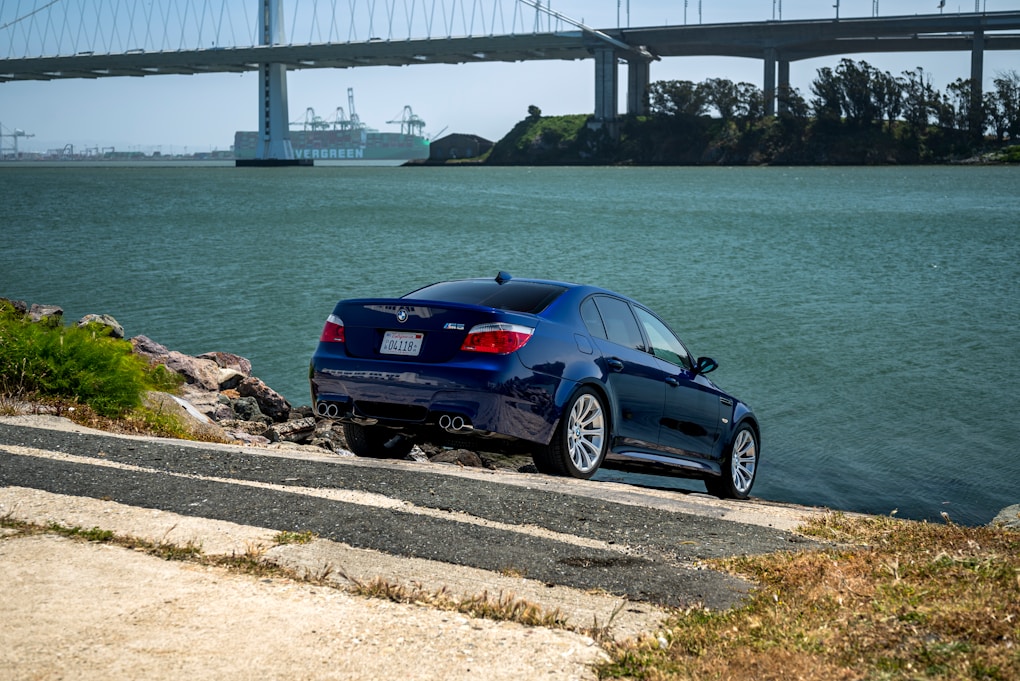
You have to consider the time period. In the mid-2000s, BMW was a force in Formula 1 with its V10 engines, and the marketing team smelled an opportunity. The outcome was the S85B50, a powerplant that is, for all practical purposes, a slightly tamer race engine.
It has ten cylinders and ten individual, electronically controlled throttle bodies. A real pain to sync, but more on that later. It also has a redline most modern cars can only dream about. The block uses a parent-bore Alusil design with a bedplate construction for serious rigidity, a technique taken straight from racing. The oil system is a quasi-dry-sump setup with two electric scavenger pumps, making sure oil gets where it needs to go even under the intense G-forces this chassis can pull.
This thing is more than an engine with a lot of cylinders. It’s a statement.
They put this high-strung motor inside the E60 5-Series chassis, a design by Chris Bangle that was controversial then but is aging quite well (sure I am a fan of the E39 M5 menacing look, but E60 is still up there for me).
It’s a comfy, tech-heavy executive sedan. The contrast is almost funny. You get the early, clunky version of iDrive and heated and cooled massaging seats, but then there’s a little “POWER” button on the console. Pressing it gives you all 500 horsepower. If you don’t, you’re just driving around with 400. The car always starts in the lower power mode, a gentle nudge from the engineers suggesting you probably don’t need the full dose.
Hint: You always need the full dose.
This car is a true sleeper. For 99% of people, it’s just some old Bimmer. But for those of us who know, the slight flare of the wheel arches and the four huge exhaust tips are an immediate tell (if the insane sound it makes is not a dead giveaway). You’re looking at a four-door supercar.
The Part Everyone Hates About the E60 M5
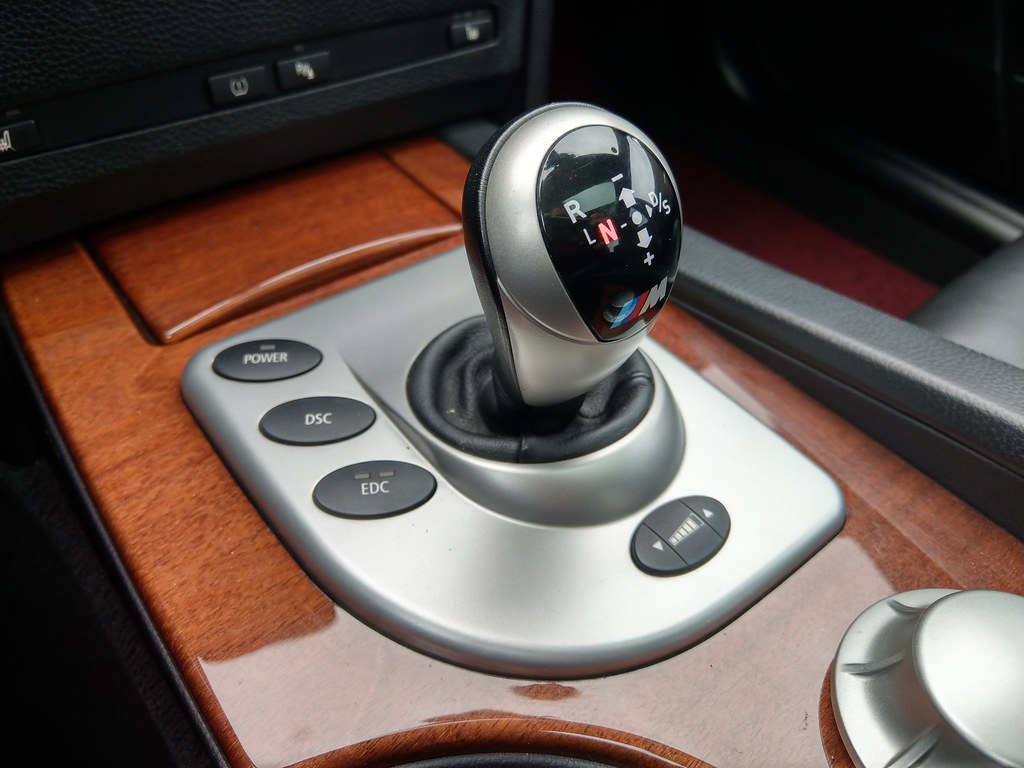
The SMG III. The seven-speed Sequential Manual Gearbox. If you go back and read mainstream reviews from when the car was new, they all disliked it. In full auto mode, the transmission is jerky, slow to decide, and lurches around like a teenager learning to drive a manual. It is, without a doubt, a bad automatic transmission.
But that’s because it’s not one.
Actually, let me clarify that. The SMG is an automated manual. It has a real clutch and a real gearbox, but a hydraulic system and a computer do the shifting for you.
If you just put it in “D” and drive it like a normal automatic, the car feels like it’s punishing you. It demands to be driven. You have to be in manual mode, using the paddles. You have to lift off the gas just a tiny bit on upshifts around town, the same way you would in a three-pedal car. It’s a mechanical sympathy thing.
But when you really push it? Find the hidden menu for Launch Control. Set the shift logic to S6, its most aggressive setting, which means you have to turn off stability control. A little trade-off for performance. Then, on a wide-open-throttle upshift near 8,100 RPM, it doesn’t just shift. It bangs into gear. There’s a sharp, split-second crack as the next gear engages, the tires give a little chirp, and your head gets thrown back. It’s a fierce, addictive experience.
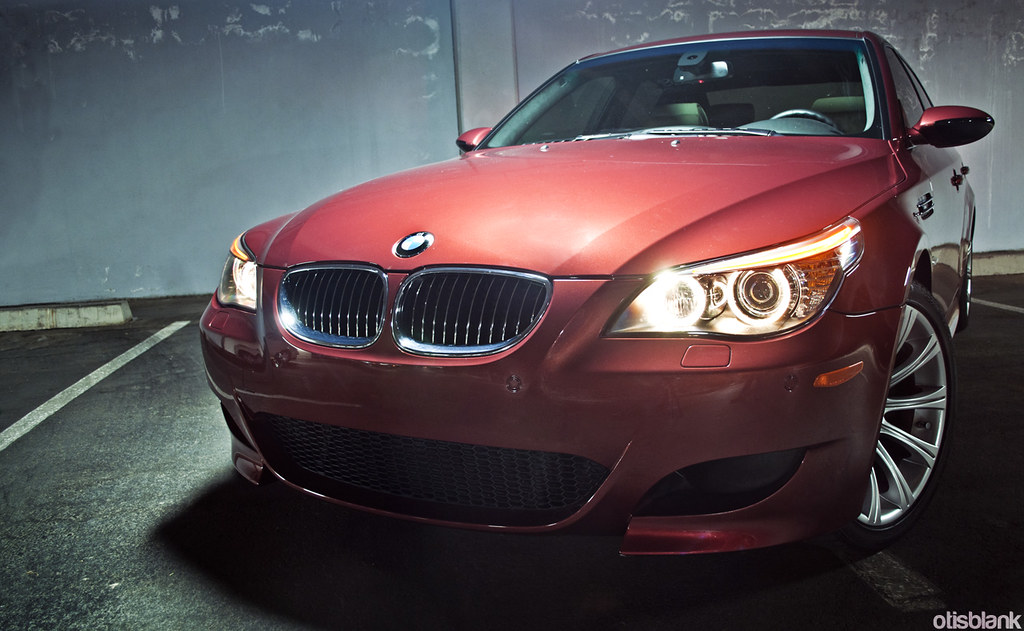
This brings up the big debate from the forums: SMG or the 6-speed manual? North America was fortunate to get a true three-pedal manual option. Very few cars were ordered this way, and they bring a huge price premium now. The purists will tell you it’s the only proper way to experience the car. I’m not so sure. The manual transmission was basically borrowed from the 550i and wasn’t really engineered for the S85’s high-revving character. The throws feel a bit long, a bit vague. The car’s entire electronic brain, the engine mapping and throttle response, was designed around the super-fast shifts of the SMG.
The manual feels like an afterthought, whereas the SMG, for all its flaws, feels like the intended partner for that V10. I’ll stick with the paddles if it were up to me.
The $400 Fix That Can Save Your M5
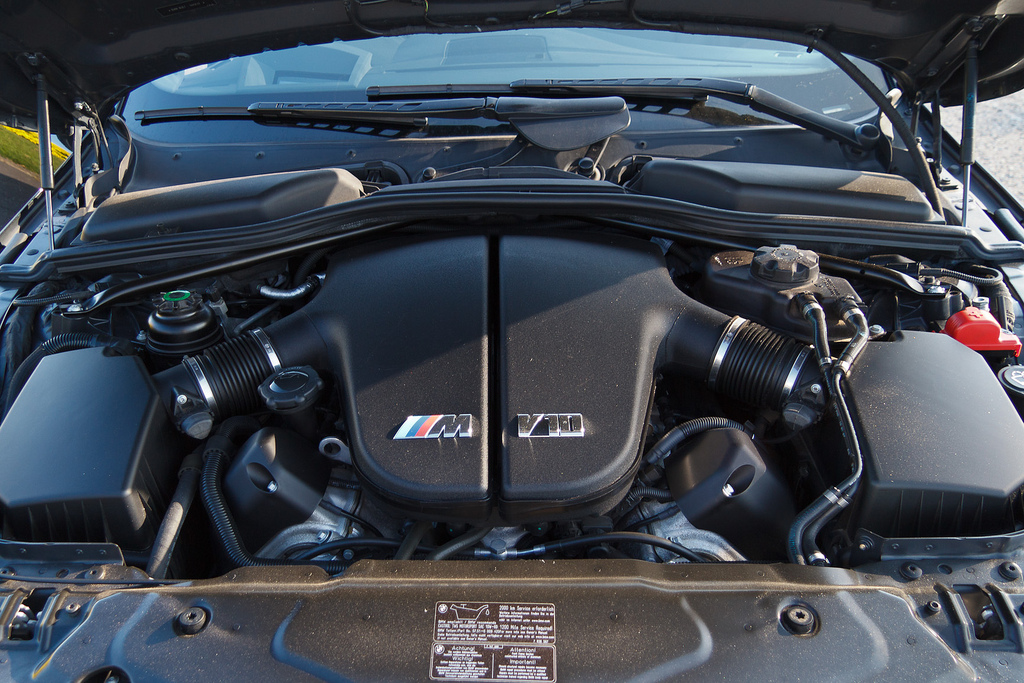
If you’re diving into the E60 M5 scene, you might think the first upgrade has to be louder pipes or a flashy tune. Nope. The smartest owners know the priority is addressing the quirks that can quietly cripple your powerhouse.
The S85’s Vanos system — BMW’s variable valve timing magic — is legendary for giving headaches. Over time, carbon buildup and worn internal seals cause noise, rough idle, and a loss of that crisp throttle response that makes this V10 sing. Ignore it, and you’ll be staring down costly repairs or worse.
Enter the Vanos solenoid refresh and gasket replacement. The parts are affordable (around $300-$400), and if you’re handy, it’s a weekend job with a huge payoff. Fresh Vanos guts restore valve timing precision, smooth idle, and that elusive spot-on throttle feel.
It’s not sexy. You won’t gain horsepower on the dyno sheet. But this mod protects one of the engine’s most complex—and most problematic—systems. It’s an investment in longevity, drivability, and keeping that V10 happy for the long haul. In other words: you’re not just here for looks or loud pipes. You’re here to own an M5 like a pro.
That Other Problem No One Talks About Enough: Throttle Actuators on the E60 M5
You’ve heard about the rod bearings. Over and over. The M5Board forums are filled with threads about changing them out preventatively every 60,000 miles with upgraded parts like BE Bearings and ARP bolts. It’s a $2,500 to $3,500 job and is just seen as the price of entry. Fine.
But the issue that will probably hit you first, and leave you stuck in limp mode on the side of the road, is the throttle actuators.
The S85 uses two of them, one for each bank of five cylinders. These are intricate electronic motors that open and close the ten throttle butterflies. Inside these units are a set of plastic gears. After thousands of heat cycles, these plastic gears wear out, get sloppy, and eventually break. The car will flash a “DSC Malfunction! Increased Emissions! Reduced Power!” warning on the dash and enter a severe limp mode. You’d be lucky to get home at 40 mph. This happens to almost every single one. It’s a matter of when, not if.
Getting new actuators from BMW costs around $800 each, and you need two. Add in labor, and you’re looking at another $2,000+ repair that is all but guaranteed to happen. But the enthusiast community, again, has the solution.
Several companies now make replacement gears from brass or stronger polymers, along with better electronic parts. For a few hundred bucks and a tricky afternoon of DIY work, you can rebuild your actuators to be tougher than they were from the factory.
This is the kind of ownership headache you don’t hear about in a slick YouTube review. It’s not about one massive failure, but about being bled dry by a dozen smaller, expensive ones. And knowing how to fix them before they do.
What About the E60 M5 Prices?
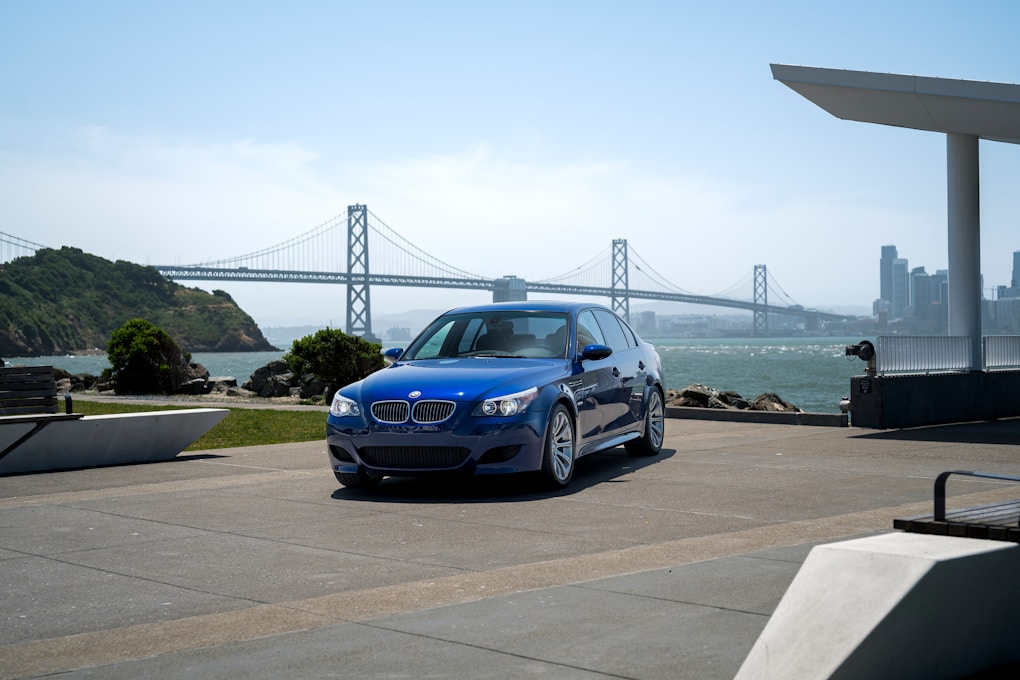
For a long time, the E60 M5 was the king of depreciation. You could buy one for the price of a used Honda. Those days are gone.
The market has split in two.
Down at the bottom are the sub-$20,000 cars. These are almost always a trap. They’ll have over 100k miles, a questionable service history, and probably the original rod bearings. Buying one isn’t buying a car, it’s buying a future $15,000 engine repair bill.
Then there is the middle tier, from $25,000 to $35,000. This is the sweet spot. Here, you can find well-maintained examples, probably with the critical rod bearing service already done. You want to see a thick binder of receipts. You’re looking for invoices for throttle actuators, the SMG pump, and VANOS solenoids. You are paying for the previous owner’s careful maintenance as much as you are for the car itself. And at the top, you have the clean, low-mileage cars (under 50k miles), especially in sought-after colors like Interlagos Blue. These are now climbing past $40,000. The rare 6-speed manual versions are already pushing past $60,000 and don’t seem to be slowing down.
The V10 is the reason for all of this. As the car world moves toward electric power, a naturally aspirated, 5.0-liter, 8,250 RPM V10 in a sedan becomes a treasure that can never be made again. It’s not just a car anymore. It’s a historical piece you can take to redline. And for some of us, that experience is worth every penny and every bit of anxiety over a new, unfamiliar ticking sound. It’s all part of the charm.
Still, I’ll hope that some day I will be rich and brave enough and just get one of these to enjoy that sweet V10 sound while going to the market to buy some eggs.
